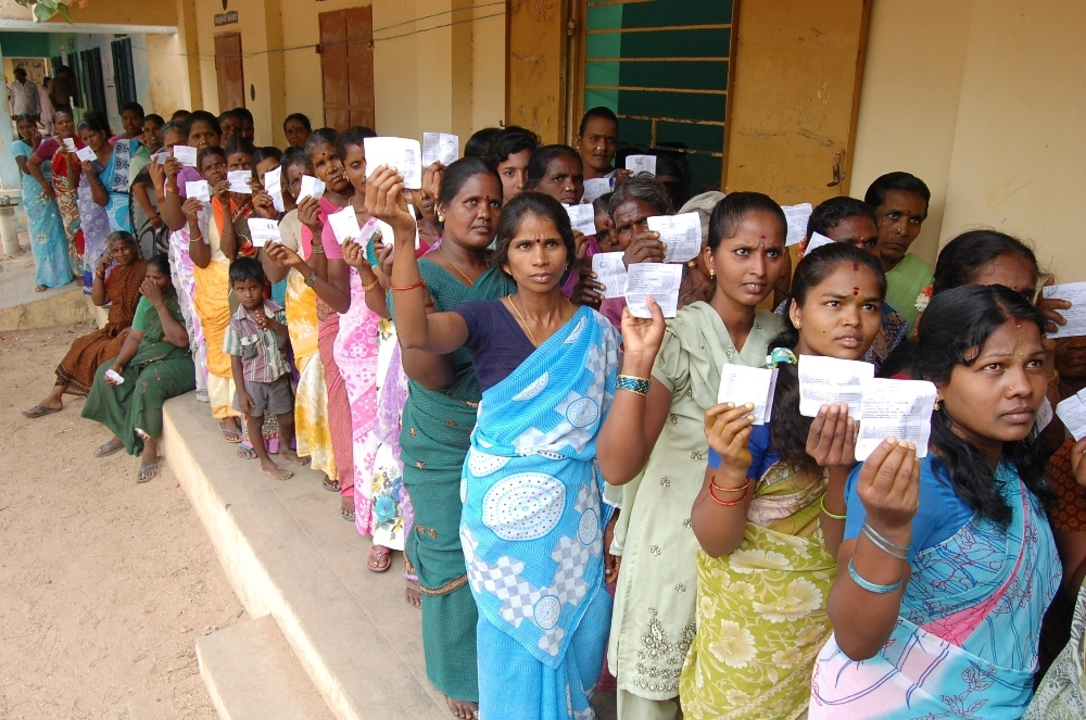Regional Demographics and Migration: What Shapes India's Population Landscape
Ever wonder why some states look so different from their neighbors, even though they share a border? The answer usually hides in the flow of people over time. Migration isn’t just about moving houses; it reshapes languages, jobs, and cultures across the country.
Why Migration Matters
Every time a family packs up and heads to a new city or state, they bring more than just luggage. They bring food habits, dialects, festivals, and sometimes new businesses. Those tiny shifts add up, turning a quiet town into a bustling hub or giving a city a fresh cultural flavor. For bloggers, this means endless story ideas – from why a small village suddenly has a tech startup to how a coastal town’s cuisine evolves with newcomers.
In India, migration happens for many reasons. Economic opportunities top the list – a factory opening in a district can attract workers from neighboring regions. Education is another driver; students travel to colleges and often stay after graduation. Then there’s marriage, which still moves a lot of people across state lines, especially in areas where families prioritize cultural compatibility.
Spotlight: Telugu Speakers in Tamil Nadu
Take the case of Telugu‑speaking communities thriving in Tamil Nadu. At first glance, the two languages feel worlds apart. Yet, history shows a steady stream of Telugu families moving south for trade, agriculture, and later, industrial jobs. During the early 20th century, many Telugu traders set up shops in Chennai, attracted by the port’s bustling commerce.
Another factor is proximity. The borders of Andhra Pradesh (now also Telangana) and Tamil Nadu are porous; a short drive can take you from a Telugu‑dominant town to a Tamil‑dominant one. That ease of travel turned occasional visits into permanent settlements as people found work in textile mills, plantations, and later IT parks.
Inter‑state marriages also play a big role. When a Telugu speaker marries a Tamil speaker, the family often settles where the job is, blending languages at home. Kids grow up speaking both languages, and over generations, entire neighborhoods start using Telugu phrases in daily chatter.
Finally, the shared cultural heritage between the two states cannot be ignored. Both celebrate festivals like Sankranti and have similar culinary roots. That common ground makes it easier for migrants to feel at home, encouraging more people to stay.
For anyone writing about regional demographics, the Telugu‑Tamil story is a perfect illustration of how economic, social, and cultural forces intersect. It shows that language pockets aren’t random – they’re the result of long‑term patterns you can trace back to specific events.
If you’re planning a blog series on migration, start by mapping out a few key movements: rural‑to‑urban drift in Maharashtra, the Gulf‑India labor pipeline, or the tech‑driven migration to Bangalore. Use data from the latest census, but sprinkle in personal anecdotes – like a farmer who moved to Delhi for a construction job and now runs a small grocery store. Those human touches turn numbers into stories people remember.
Remember, migration isn’t static. New highways, digital jobs, and even climate change keep reshaping where people live. Keep an eye on policy changes too – a new industry hub or a relaxed visa rule can trigger fresh waves of movement.
So, whether you’re a blogger, researcher, or just curious about why your city feels more diverse today, think of migration as the invisible hand that paints India’s regional demographics. Every story you uncover adds a new brushstroke to that big, ever‑changing picture.
Why there are so many Telugu-speaking people in Tamil Nadu?
As a blogger, I have been intrigued by the fact that there are so many Telugu-speaking people in Tamil Nadu. One possible explanation is the historical migration and intermingling of people due to the close geographical proximity of the two states. Additionally, trade and economic opportunities may have attracted Telugu speakers to Tamil Nadu over time. Cultural exchange and the sharing of resources between the two regions could also have contributed to this linguistic diversity. Finally, inter-state marriages and the blending of communities might be another reason for the significant Telugu-speaking population in Tamil Nadu.
Keep Reading